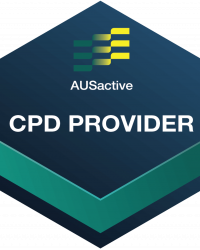Reformer Repertoire
Long Box Arm Work: Pull Ups
Pull Ups
Alternate Names
Chin Up
Derived From
Classical Reformer: Pull Straps
Primary Element
Strength
Why for Primary?
To develop and build strength in the the upper body, without the need to hold the whole load of the body weight as in a traditional chin up
- Latissimus dorsi
- Trapezius
- Biceps brachii
To strengthen the thoracic extensor muscles or when lifting the chest up or back
- Erector spinae
- Middle and lower trapezius
Secondary Element
Stability
Why for Secondary?
To strengthen and develop control in the abdominal muscles transversus abdominis to create pelvis and torso stability whilst in a prone position. To strengthen and develop control in the shoulders.
Tertiary Element
N/A
Why Tertiary?
N/A
Repetitions
8-10
Apparatus Setup
Suggested springs
- Number system: 1 x spring
- Colour system: 1 x red
- Resistance: light
Foot Bar down to the lowest position.
Pilates box in the ‘long box’ position with the short edge against the shoulder blocks.
Plane of Motion
Sagittal
Targeted Muscles
To develop and build strength in the upper body, without the need to hold the whole load of the body weight as in a traditional chin-up
- Latissimus dorsi
- Trapezius
- Biceps brachii
To strengthen the thoracic extensor muscles or when lifting the chest up or back
- Erector spinae
- Middle and lower trapezius
Warnings
This exercise may be unsuitable for clients where lying prone is contraindicated, or any pre-existing shoulder issues or injuries.
Execution
Lie prone on the long box, in a neutral pelvis position on the carriage facing the head rest, hands holding the poles at the end of the Reformer (walk the hands up the runners). Legs actively lifted and adducted, feet plantarflexed reaching behind the body.
Exhale to shrug the shoulders up and back then bend the elbows, drawing the carriage up towards the poles, inhale to extend the arms maintaining scapula stability and avoiding changing the shoulder position or locking into the elbows on extension of the arms.
Observations
Do a body scan of the client taking note of the following points
- Head and Neck
- Is the back of the neck long and crease free? A slight retraction of the neck with the chin tucked can help avoid straining the neck
- Shoulders
- Are the arms up and back, with the movement from the elbows bending and drawing back?
- Are the elbows soft on the return phase of the movement? Eccentrically contracting the biceps?
- Pelvis
- Are the hip bones even horizontally or is the client leaning to one side?
- Is the client about to keep a posterior tilt throughout with the pubic bone pressing into the long box? Avoiding over extending in the lumbar spine?
- Legs
- Are the legs engaged with the thigh’s lifted off the box, the lifting and lowering coming from the gluteals and hamstrings?
Learning Style Technique Cues
Auditory – word associations that connect mind and body
- Draw the carriage up with control, then extend the arms without locking the elbow joints
- Say the client’s name when you’re about to interact with them
Visual
- Imagine balancing a pole horizontally across the shoulder blades – don’t let it move as you bend and straighten the arms
- You may demonstrate a part of the movement as a visual representation for the client to see
Kinaesthetic
- Feel the arms working and the shoulder blades or scapula remaining still
Modifications and Variations
Regress the exercise by
- Reducing the repetitions and/or pace
- Reducing the spring setting to 1 x blue spring
- Working on Long Box Series: Tricep Press
Progress the exercise by
- Increasing the repetitions and/or pace
- Increasing the range of motion
- Increasing the spring settings to 1 red spring and 1 blue spring
- Lying on a less stable or smaller surface, for example moving the Pilates box to the ‘short box’ position
- Working on a single-arm variation with five pull ups on each arm
- Working on adding a clap of the hands by letting go of poles at the top, clapping the palms of the hands together and catching the poles again without losing scapula stability
- Working on a standing pull up/chin-up variation using the Cadillac top horizontal pole (intermediate Cadillac repertoire not in this course)
Series and Transitions
This exercise is part of the Long Box Arm Work series which includes a range of other exercises in the progressive repertoire. The Long Box Arm Work series is known as the Pull Straps series in Classical Reformer Pilates.
Progressive repertoire
- Pull Straps
- T Straps
- Tricep Press
- Pull Ups

